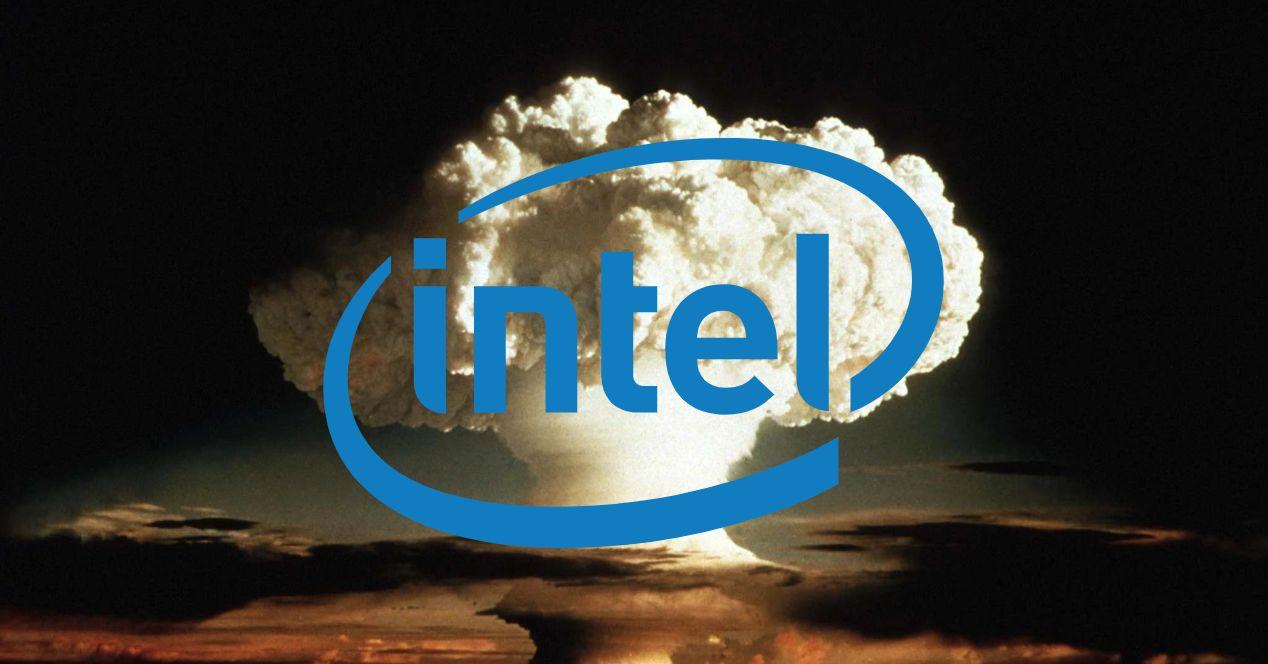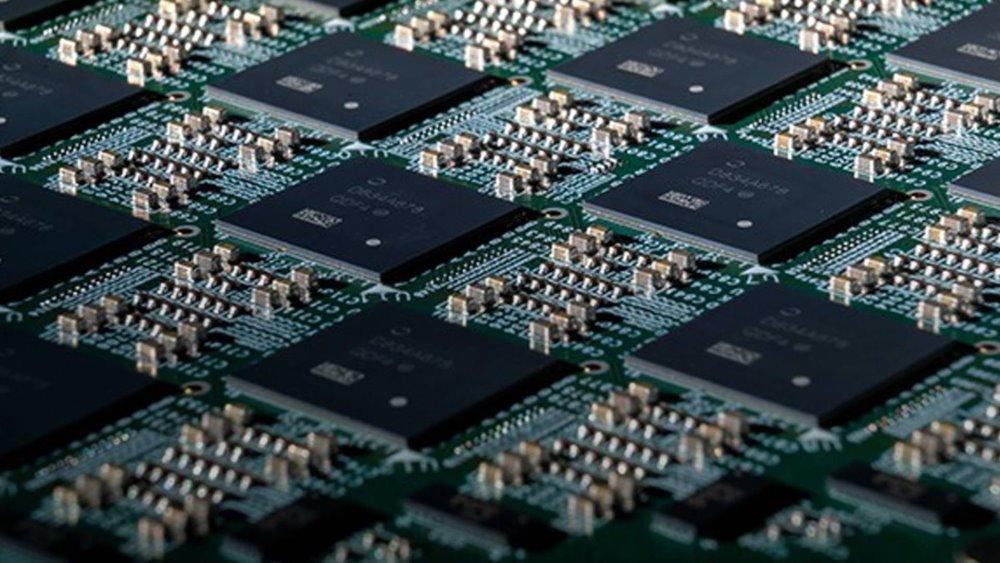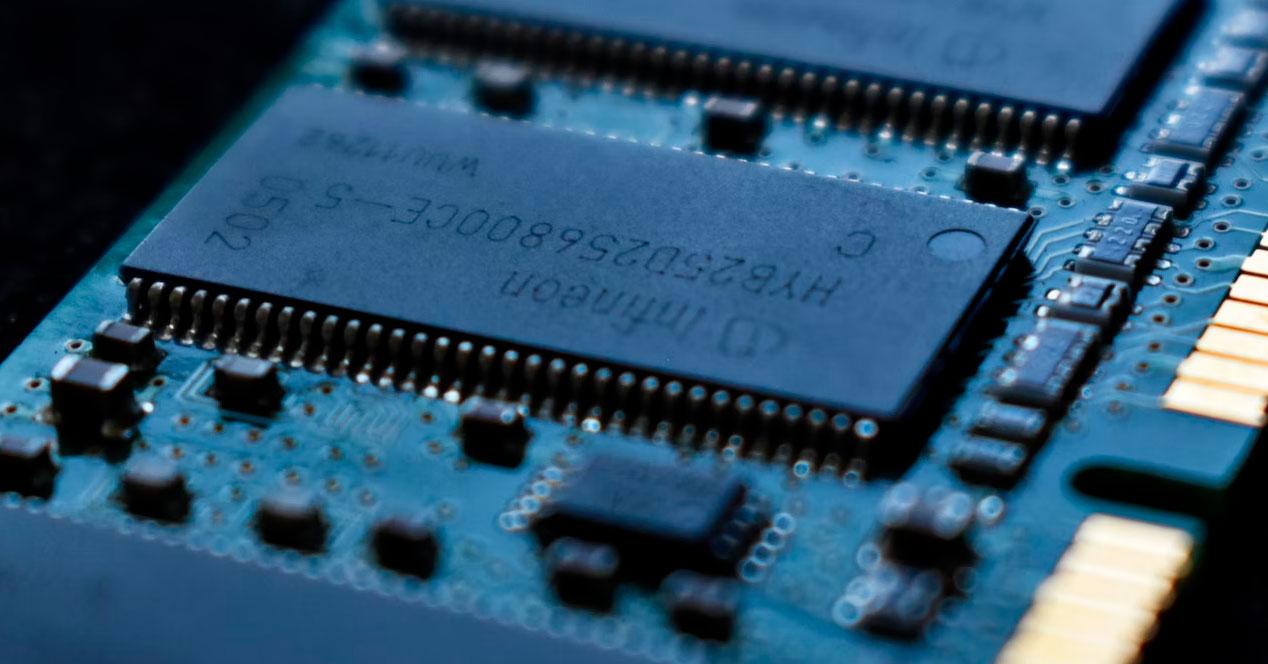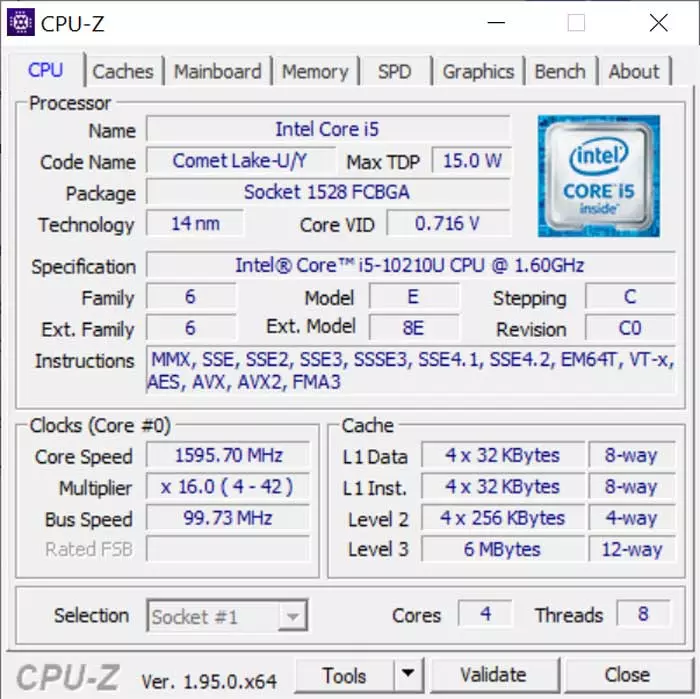
We have reached the point where, in order to advance in performance and technology, the different components can no longer be designed separately. In the future, the computer will be designed as a whole, at least in the basic part that corresponds to the classic Von Neumann architecture used for decades in all computer systems in the world. Since we are approaching the end of said model, it is the moment when companies like Intel not only need to have the authority in processors, but also in RAM memories.
What is Intel AMT memory?
It is not out of the ordinary for Intel to win new contracts with major universities and government or defense departments in its home country of the United States. Even thanks to them, new types of processor and technologies have been developed in them that have later ended up being scaled and, therefore, adapted to the PC. So the fact that the department of energy located at the national laboratory in Sandia has made an agreement with the company founded by Gordon Moore is not something that should excite us.
What is surprising is that this will serve to develop a new type of RAM memory, in a program they have called Advanced Memory Technology, or AMT, not to be confused with Active Management in Intel PC CPUs. The function of the project will be to create simulations on the longevity and, therefore, the useful life of the US arsenal. As well as other types of complex simulations. Of course, for this, instead of pulling the classic advance in the form of more powerful processors, they have decided to improve another part of the system such as system memory.
Which is normal, since the future trend is to go for memory processing technologies or bring the memory closer to the processor. Rather, everything points to Intel developing a type of PIM memory for the project. Although we do not yet know the specifications of it.
Why are simulations of atomic explosions used?
For quite some time now, carrying out nuclear tests has been prohibited by international convention. That is why the great superpowers that have these types of weapons have to agree to carry out tests in simulators, which require a large amount of calculations to achieve the highest possible precision. We are not talking about limited representations for video games, but about highly precise systems that not only require high computing power, but also bandwidth and latency. To the point where it is sometimes necessary to develop new technologies and not only in processors, but also in memories.
We will not see these memories on PC
In any case, we still do not know what Intel’s approach will be for this project and we highly doubt that we will end up seeing these memories to replace conventional RAM in the PC component market. More than anything due to the fact that Intel, although it was founded as a memory manufacturer and was for a long time in its history, is no longer a market in which it participates today. What’s more, we just have to remember how they got rid of their Optane flash memory business.
However, what Intel is looking for is to investigate how RAM is organized internally so that itThe manufacturers of this type of memory can take note and take advantage of it for future designs. To the point that pplan to deliver their discoveries to JEDEC for the development of future RAM memories. Which, in addition, must be designed not only to work in the classic DIMM modules and variants, but also in new interfaces such as Compute Express Link. Therefore, the development of the AMT will serve as the basis for future reports.





